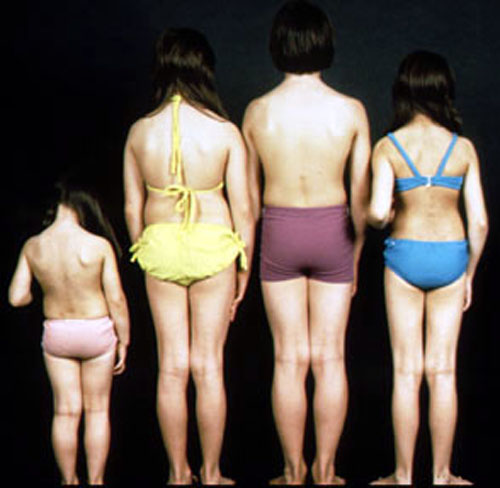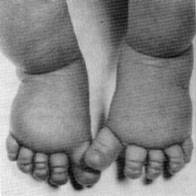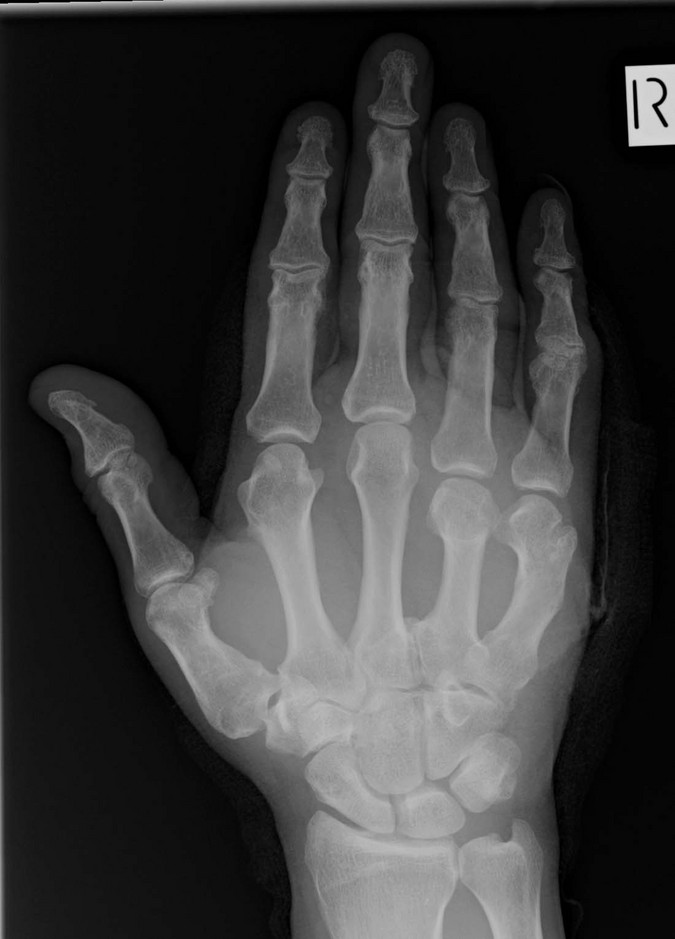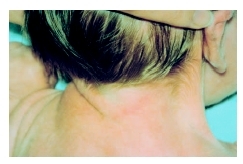
Turner's Syndrome
What is the mode of inheritance?
Turner's disease is a non-disjunctive inheritance. Nondisjunction occurs when a pair of chromosomes does not separate correctly, which, in this case, results in one X chromosome instead of two.
Turner's disease is a non-disjunctive inheritance. Nondisjunction occurs when a pair of chromosomes does not separate correctly, which, in this case, results in one X chromosome instead of two.
How is Turner's Syndrome detected?
Through CVS or amniocentesis scan, doctors can see if a baby has Turner's before it is born due to some of it's characteristics. In newborns, features that stand out to doctors are the swollen hands and maybe a heart malfunction. Children and early teenagers are diagnosed based on bone structure, height, and the lack of starting puberty.
Through CVS or amniocentesis scan, doctors can see if a baby has Turner's before it is born due to some of it's characteristics. In newborns, features that stand out to doctors are the swollen hands and maybe a heart malfunction. Children and early teenagers are diagnosed based on bone structure, height, and the lack of starting puberty.
How is Turner's treated?
People who have Turner's are usually given the necessary hormones to maintain normal growth of body. Sometimes women take the male hormone, androgen, in order to aid muscle, hair, and body growth. Another form of treatment is plastic surgery on the neck to make it look longer and more normal. This, of course, does cost a lot of money and some people are against plastic surgery, so this form of treatment is not as popular.
People who have Turner's are usually given the necessary hormones to maintain normal growth of body. Sometimes women take the male hormone, androgen, in order to aid muscle, hair, and body growth. Another form of treatment is plastic surgery on the neck to make it look longer and more normal. This, of course, does cost a lot of money and some people are against plastic surgery, so this form of treatment is not as popular.
Description
A girl with Turner's Syndrome usually has a short, webbed neck, a low hairline, receding lower jaw, very stocky, and abnormally short. She would have abnormal sexual characteristics, most likely would not start puberty, and would have some learning disabilities. Characteristics in babies include swollen hands, and heart malfunctions. Someone with Turner's would not be able to reproduce, and would be at a much greater risk of fractures, strokes, heart disease, hypertension, and diabetes. The lifespan is relatively unchanged, with the exception of disease, injury, or heart failure.
A girl with Turner's Syndrome usually has a short, webbed neck, a low hairline, receding lower jaw, very stocky, and abnormally short. She would have abnormal sexual characteristics, most likely would not start puberty, and would have some learning disabilities. Characteristics in babies include swollen hands, and heart malfunctions. Someone with Turner's would not be able to reproduce, and would be at a much greater risk of fractures, strokes, heart disease, hypertension, and diabetes. The lifespan is relatively unchanged, with the exception of disease, injury, or heart failure.




